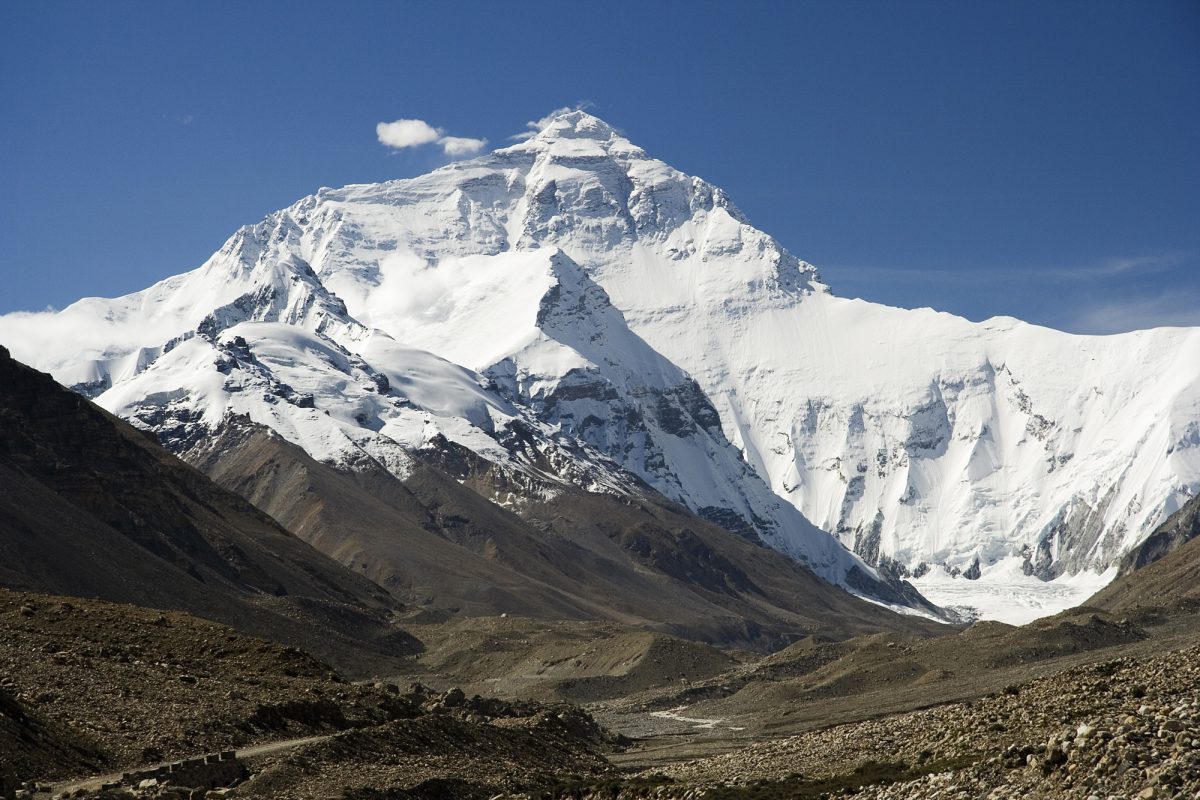
Luca Galuzzi
Mountains sometimes move, which is quite inconvenient for anyone who would like to build a settlement on them or dissect their bowels for glistening metals and gemstones. This inconvenience demands attention and a solution, the backbone of any new job or service. Now, a new profession also requires new information, which is exactly what this fine piece of literature is. Welcome, future mountain searchers, to a guide so precise even a half-burned cockroach could follow it. To properly assess a Mountain’s chances of moving, a couple key factors are essential: its metabolism, the condition of its rock-filled shell and its health.
Metabolism simply refers to the speed at which a mountain digests its fairly acquired meal inside its maze-like digestive system. The diet of mountains is quite complex! Anything works for these goliaths, from the smallest of bacteria, falling leaves, the rays of a distant star, or an unfortunate mountain climber who lost their balance in the wrong place at the wrong time. To see if a mountain’s metabolism is ramping up (which is a sign of potential awakening), simply check on the local wildlife. If the forests have no leaves in summer and they’re oddly quiet, you might be in some real trouble!
Secondly, the condition of its outer shell could tell us if the mountain might start to move. Cracks at the bottom of the mountain or excessive mining in zones that approach its boiling insides could cause it to move. To prevent that from happening, use natural building materials to fill in any cracks and immediately stop any mining operations.
Lastly, the health of a Mountain may be the most important factor in whether it’s going to move or not. Unlike most organisms, mountains don’t have a widespread nervous system, so they don’t suffer from any pain or mental-related ailments. Their thermic insides and metal-based structure also protect them from diseases or fungal infections. The lucky rock-munchers don’t even get cancer! The one thing that really knocks over their health and would potentially make them move other than pure damage to their shells is plastic. Do not, under any circumstance, leave plastic near the bottom of a Mountain, near any reverse rivers that lead to its peak or any mouth or air holes. Here’s some advice as a professional in this industry: if someone ever throws a hissy fit over not being able to chuck garbage in a mysterious Mountain hole, showing them a picture of charred once-human covered in smoldering plastic will make them change their attitude real quick! To all tourists who may be reading this article: the mountain doesn’t have any feelings and will not care if you’re butt-hurt.
We are almost done with this shorter-than-ever guide! The very last thing to point out is the recommended equipment for any fledgling mountain searcher. The basic stuff is climbing shoes, comfortable pants, a warm jacket, a flashlight, one or more first-aid kits, a working and fully functioning body (preferably yours), a tent, an industrial-grade stethoscope, a backpack filled with your preferred rations for a few days, a working cell phone, common sense, and preferably my edition of “On Young Rodes” (a more in-depth guide on how to survive the climb written by yours truly!).
Mountains are elder things. It’s easy for humans to get in over their heads and believe nothing except themselves could pose a threat to their existence, but the weapons they flaunt around still smell of the Mountain’s guts, so treat your Mountains with respect, lest they awaken and decide to reclaim their fairly acquired food.